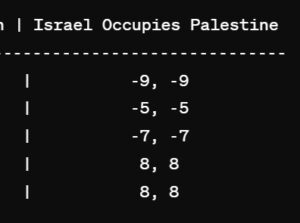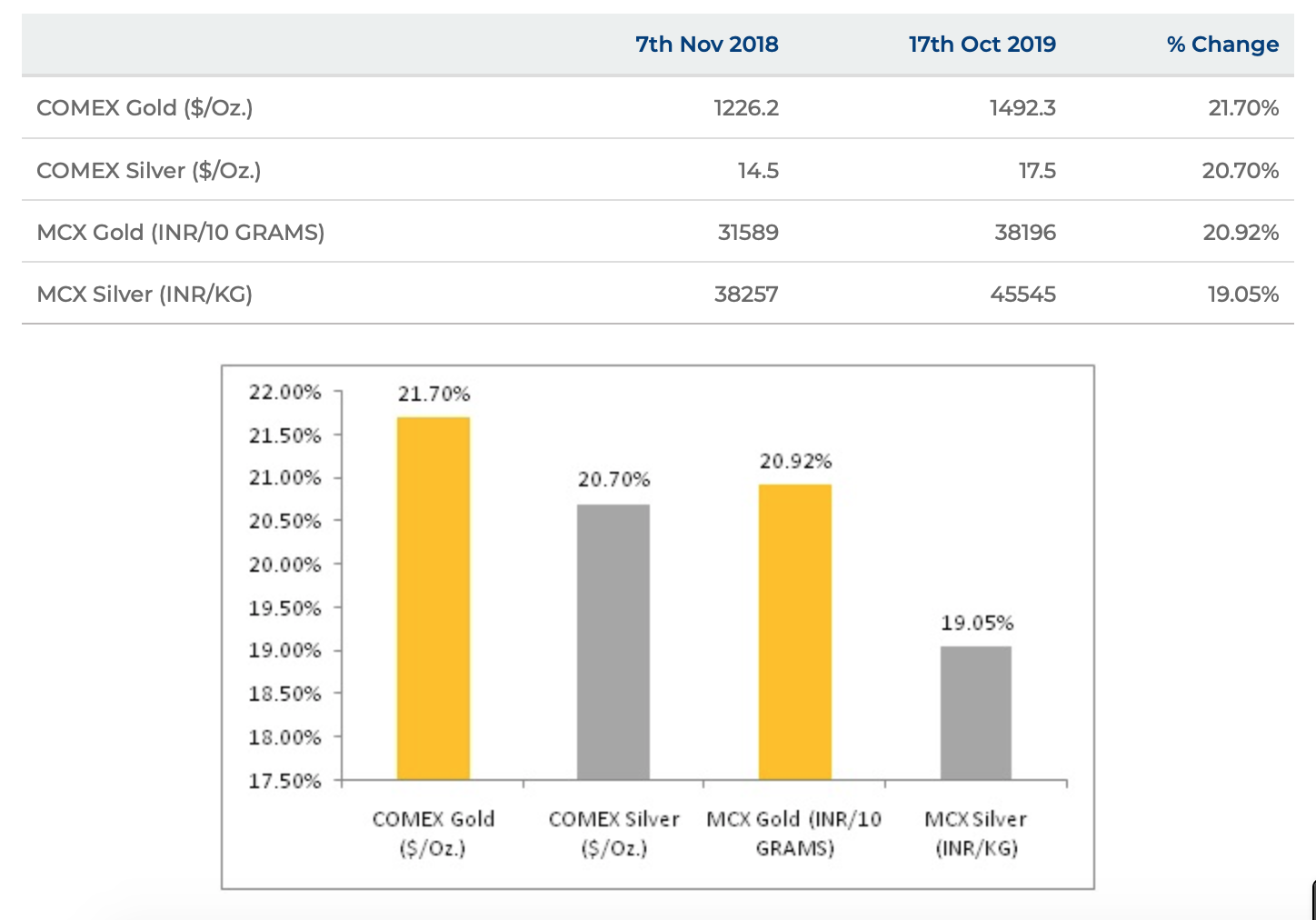Here are the key highlights from the ongoing Russia-Ukraine conflict:
- **Recent Attacks**: Russia launched a massive drone and missile attack on eastern Ukraine, targeting residential areas. In Kryvyi Rih, a missile strike resulted in 14 fatalities, including six children, and injured over 50 people.
- **Diplomatic Tensions**: Ukrainian President Volodymyr Zelenskyy condemned Russia’s actions, stating that diplomacy seems ineffective against such aggression. He urged Western nations to increase pressure on Russia.
- **NATO Involvement**: NATO foreign ministers gathered in Brussels to discuss defense spending and support for Ukraine. Simultaneously, military chiefs met in Kyiv to strategize on Ukraine’s defense capabilities.
- **Ceasefire Challenges**: While there are informal ceasefires in certain areas, Russia has intensified its attacks, stalling peace negotiations.
- **Global Reactions**: The US has issued warnings to Moscow, emphasizing the urgency of peace talks. Meanwhile, Poland scrambled warplanes to ensure its airspace safety amid heightened missile threats.
The situation remains critical, with ongoing violence and diplomatic efforts struggling to make progress. Let me know if you’d like a deeper dive into any specific aspect.
Here are the key highlights from the ongoing USA-China trade war:
- **Escalation of Tariffs**: The United States has imposed tariffs of up to 104% on Chinese goods, marking a significant escalation in the trade conflict. In retaliation, China has increased tariffs on US goods to 84%, further intensifying tensions.
- **Economic Impact**: The trade war has disrupted global markets, with stock indices experiencing volatility. Economists are raising concerns about the potential for a global recession due to these aggressive tariff measures.
- **Trade Deficit**: The US-China trade deficit continues to grow, with the US importing $438.9 billion worth of goods from China in 2024, while exporting only $143.5 billion.
- **China’s Response**: China has released a white paper emphasizing the mutual benefits of trade and criticizing the US’s protectionist policies. It calls for dialogue and cooperation to resolve the conflict.
- **Global Reactions**: The trade war is causing ripple effects across the world, with countries like India being urged by China to join hands against the US’s tariff actions.
The situation remains tense, with both nations showing no signs of backing down. Let me know if you’d like to explore any specific aspect further!
In situations where digital networks are down during wartime, acquiring goods will rely on more traditional methods of exchange and adaptability. Here are some approaches to consider: Continue reading “Copilot chatGPT Wartime analysis”






